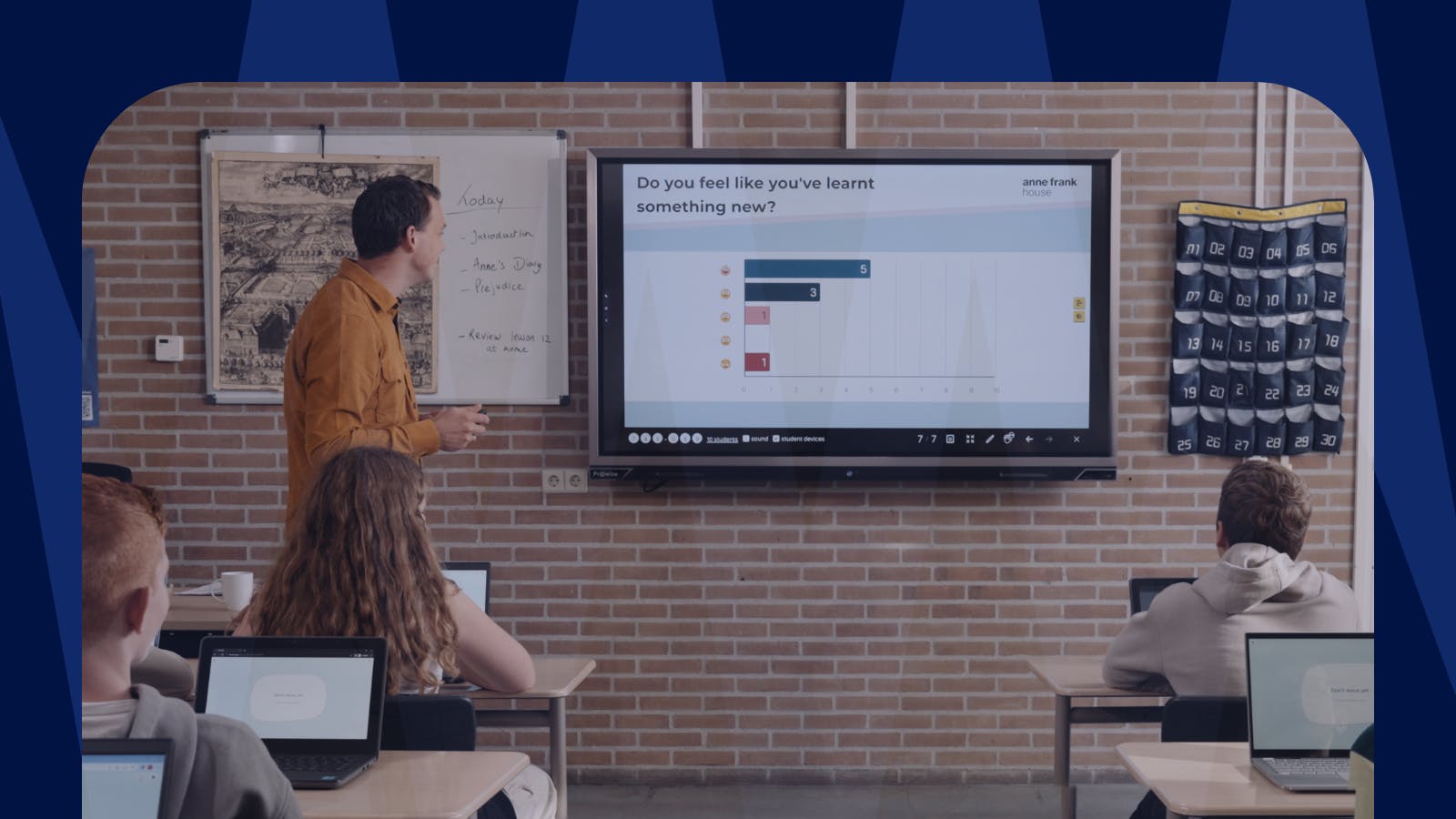5 ways of reducing the attainment gap with a dynamic digital strategy
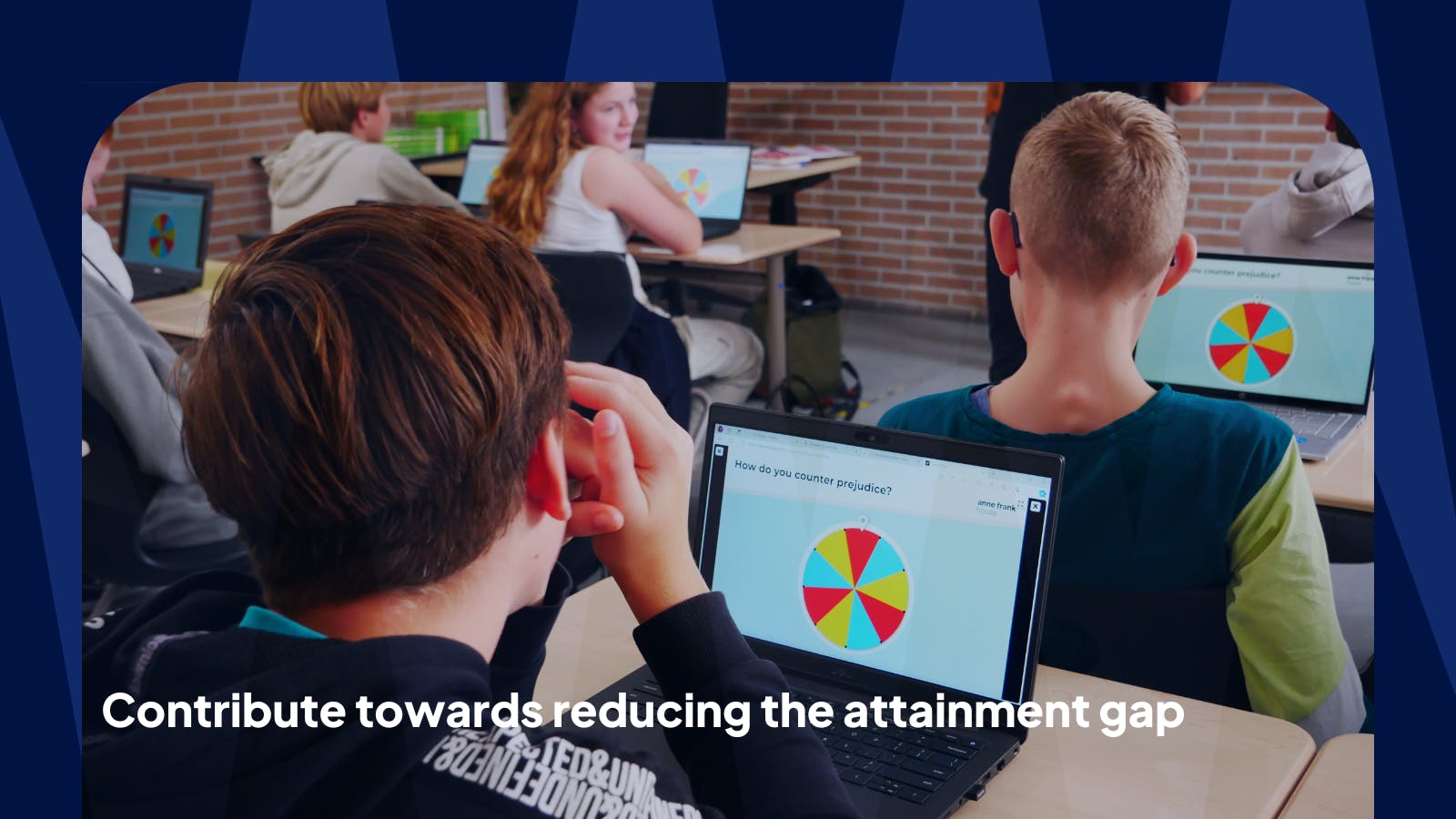
The purpose of this article is to inform you about the existence of a cost-effective digital platform for teachers, which, by itself, is a complete digital strategy solution. One of its most significant benefits is that LessonUp supports teachers in closing the attainment gap.
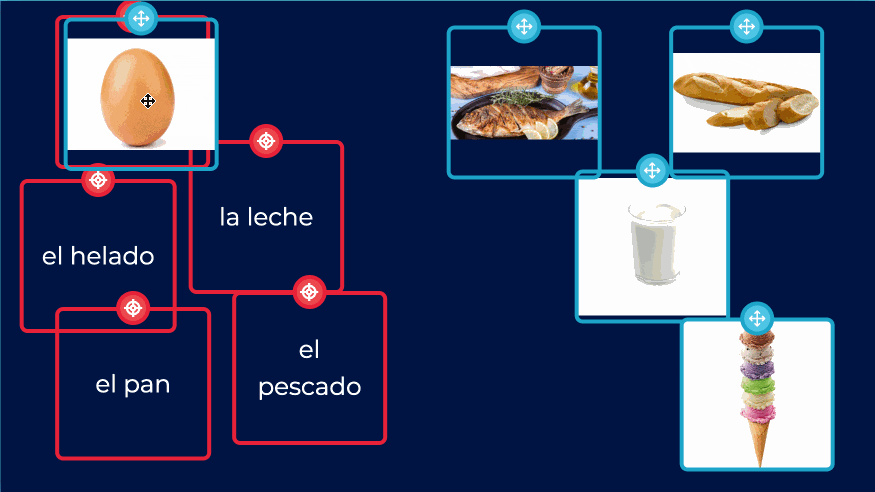
1. LessonUp provides a variety of interactive formative assessments tools
In many countries, schools and teachers have been dealing with the aftermath of previous lockdowns. The impact of the pandemic on education has exposed substantial weaknesses. In today's educational landscape, many teachers empathise with the growing need to motivate students. To assist educators in fostering student engagement and maintaining regular assessments of their comprehension, we offer a diverse range of interactive features such as quiz questions, open questions, drag-and-drop questions, mind maps, spinners, and more.
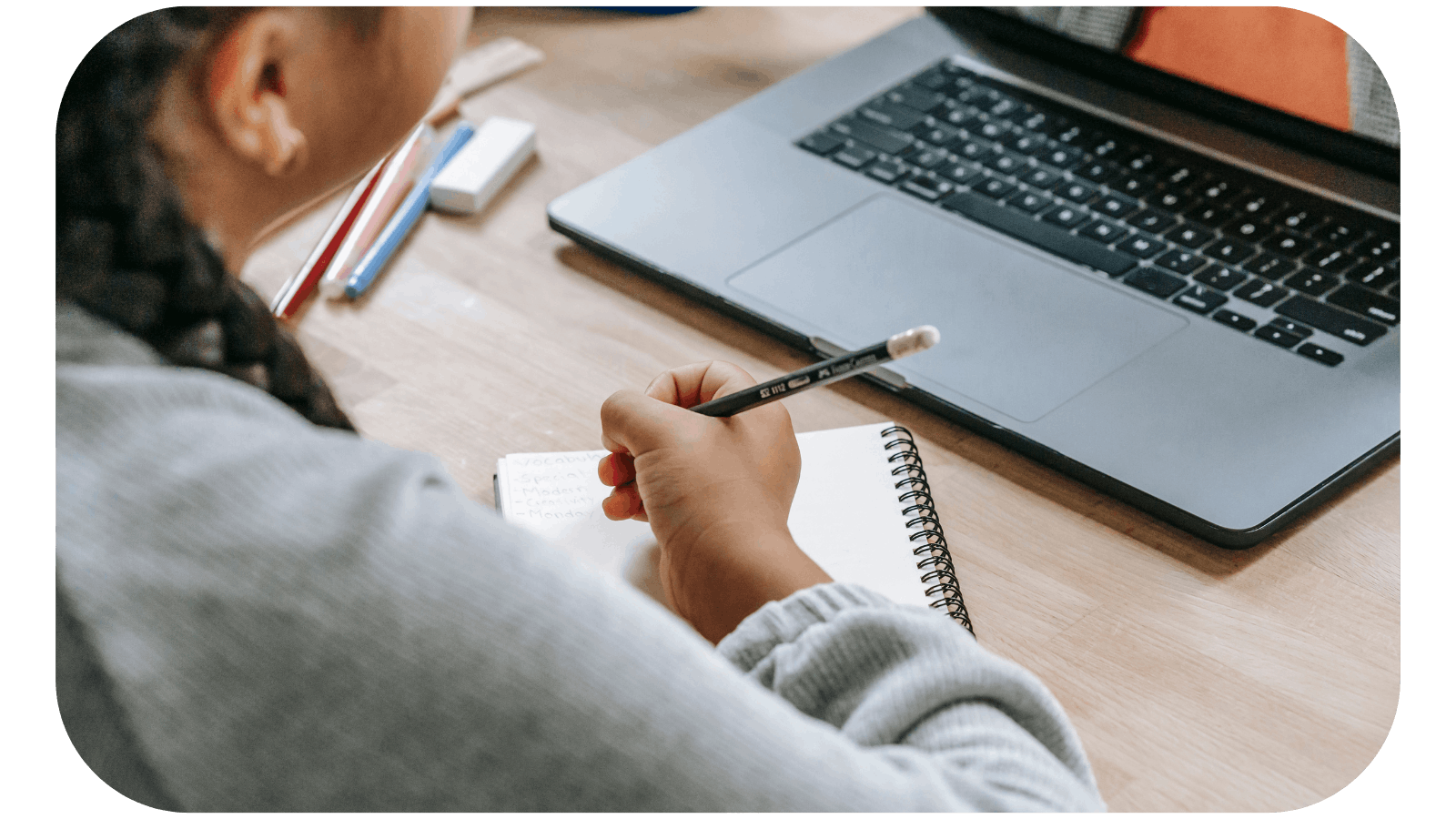
2. All information is captured into 1 platform
While most students are equipped with the right devices and internet connection, many schools feel the need to step up to provide them also with the best, most engaging digital learning experience possible to help bridge the gap in student achievement. If there is a next time, teachers aim to be thoroughly prepared for remote learning situations. For instance, we all know that teacher pause intermittently during their lessons to assess students' understanding of the learning material. With LessonUp, assessment data is automatically saved in student reports that are secure, always accessible, and stored exclusively within a single platform and screen.

3. It offers the possibility to plan targeted interventions
Reports within LessonUp offer valuable insights into how students respond to particular lessons. Armed with this information, teachers can tailor their instructional approach with precision, aligning content to match students' individual levels, pacing, requirements, and preferences. In order to support a variety of learning styles, teachers can allocate distinct colours to different segments (slides) within a lesson. By tailoring their teaching approach to meet their students' individual needs, everyone can gain value from the same lesson.

4. It supports the social emotional side of students
LessonUp caters both for the needs of younger and older students, depending on how teachers decide to teach a lesson. Interactive lessons can act as a bridge between teachers and younger students in a traditional face-to-face classroom setting. For older students, on the other hand, a lesson could be shared as homework, as a test, within teams for engaging group assignments, or serve as a complete digital student portfolio. This example portfolio is for Career Orientation and Guidance.
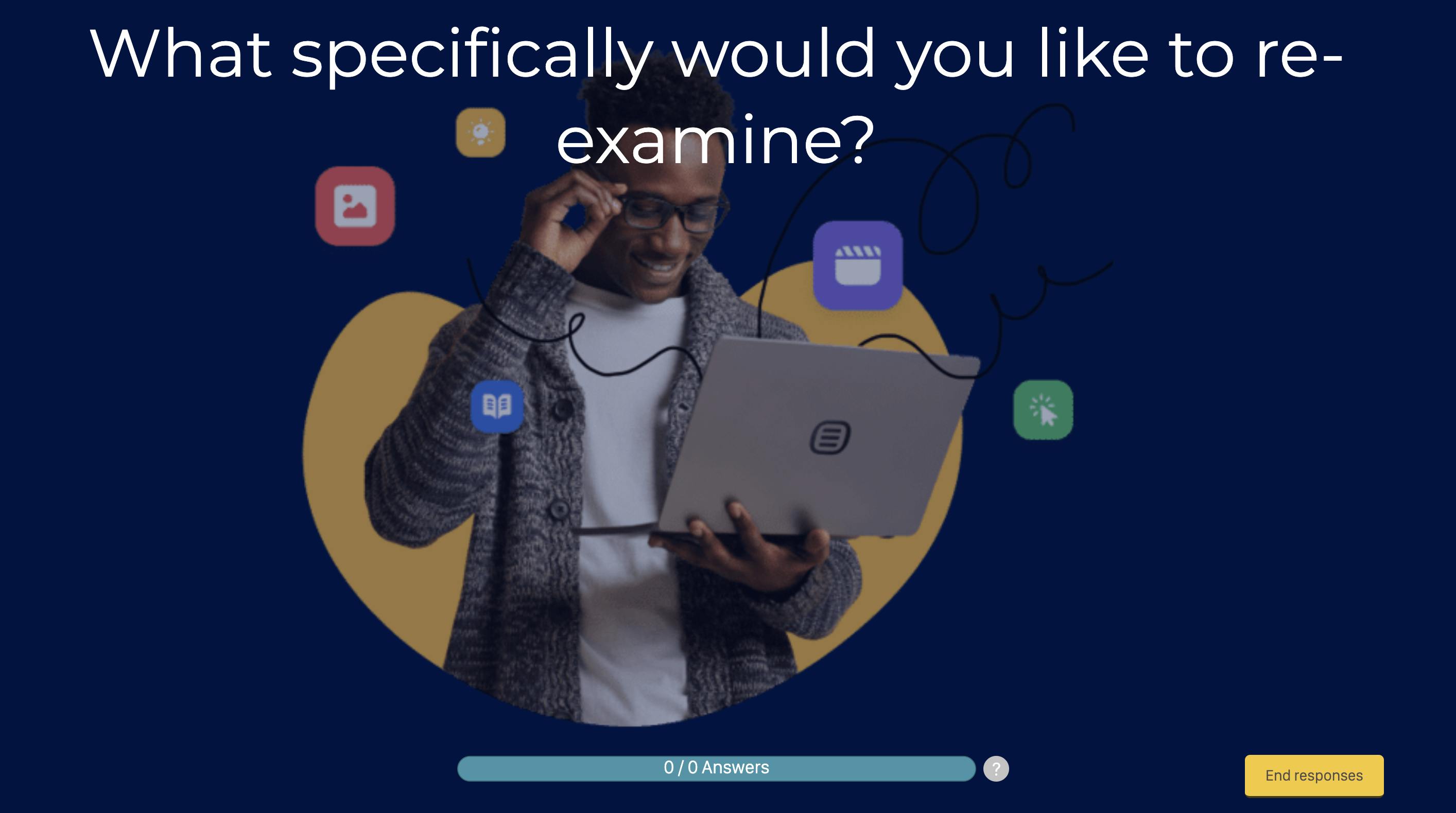
5. It supports students and tutors during tutor time
LessonUp can assist tutors in connecting with students, jointly reviewing teacher and student feedback, and facilitating difficult discussions in the context of pastoral care. It can help measure students' self-perception and their experiences with teachers and their peers in a confidential digital setting. It could be about how students perceive their performance, or about how they feel in the classroom or outside. Additionally, a digital student portfolio could be a valuable resource for mentorship-related discussions with pupils and their parents.
Our School Subscriptions are the best solution for a fully collaborative dynamic digital strategy!

